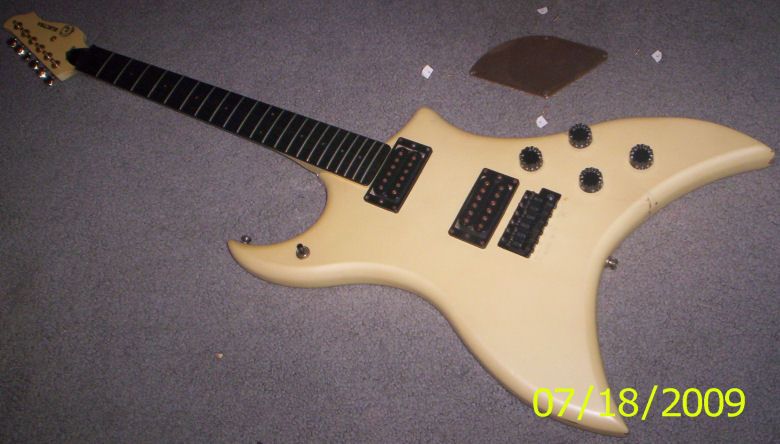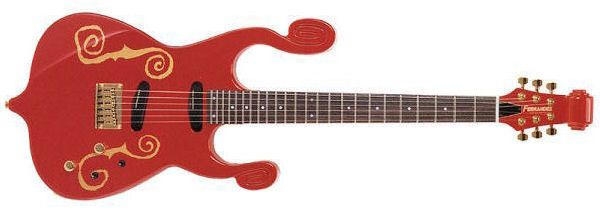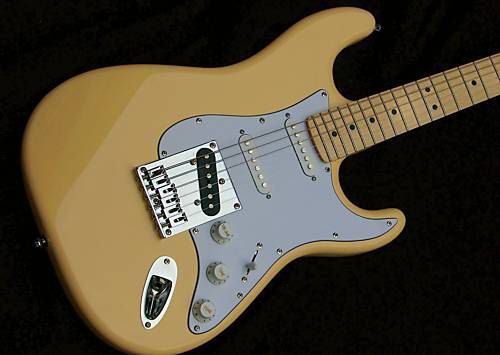Versi Solo Gitar Klasik - Akustik + CD


HARGA BUKU Rp. 38.000.-/Pcs Belum termasuk Ongkos Kirim ke daerah masing-masing, Bagi Pemesan Minimal 5 Pcs mendapat potongan 10%.
Bagi yang ingin memesan dapat diisi di kolom komentar...
Selamat Belajar Lagu-Lagu Indonesia.
Dengan Memainkan Lagu-lagu yang ada di dalam Buku ini dapat meningkatkan
1. Latihan Double Not (Petikan Jari Kanan)
2. Latihan Walking dengan Apoyando & Tirando
3. Latihan Double Not dengan Walking.
4. Inspirasi untuk membuat aransemen sendiri
5. Latihan Alternating Bas.
Siapa saya yang cocok dengan buku ini :
1. Siapa saja yang baru mulai berlatih gitar atau Kursus di lembaga musik, karena ada notasi standar gitar klasik.
2. Bagi yang senang main gitar secara otodidik, karena ada tablatur.
3. Guru-guru musik gitar untuk memberikan latihan tambahan bagi muridnya.
4. Guru Sekolah yang memberikan pelajaran extra kulikuler gitar di sekolah, karena ada Lagu & Chord Gitar.
5. Untuk Gitaris yang belum bisa aransemen sendiri... he he he... inspirasi terdasyat... untuk mu.
6. Bagi Gitaris yang untuk mengembangankan Aransemen yang menjadi lebih bervariasi
7. Untuk Koleksi aja...
Isi Buku :
1. Aku Adalah Anak Gembala
2. Ambilkan Bulan Bu
3. Anak Kambing
4. Bintang Kejora
5. Bunga Nusa Indah
6. Burung Hantu
7. Burung Kakak Tua
8. Burung Kutilang
9. Desaku
10.Di sini Senang di Sana Senang
11.Hai Becak
12.Hujan
13.Ibu Kartini
14.Ibu Pertiwi
15.Menanam Jagung
16.Naik Delman
17.Pelangi
18.Potong Bebek Angsa
19.Tanah AirKu
20.Bunda
Salam,
Penulis






















































 Rickenbacker
Rickenbacker


